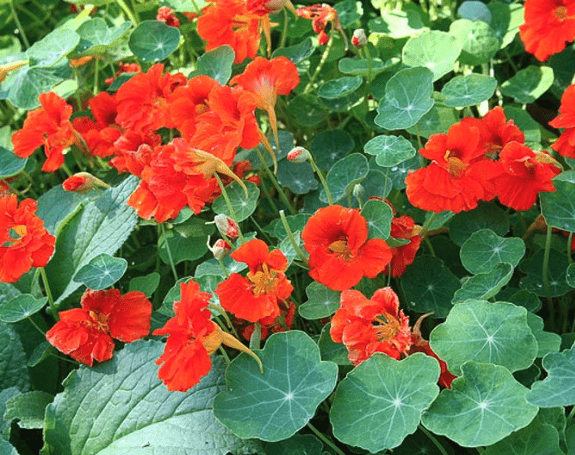
Garden nasturtium (Tropaeolum majus)
Garden nasturtium, also known as Climbing nasturtium, Monks cress
The "Elizabeth Linnaeus Phenomenon" is linked to the plant Mimosa pudica, also known as the "sensitive plant" or "touch-me-not." This term describes the plant's unique reaction to touch, where its leaves quickly fold and droop.
Mimosa pudica has various applications:
1. **Traditional Medicine**: It is valued for its antibacterial, anti-inflammatory, and pain-relieving properties.
2. **Agriculture**: It enhances soil quality by fixing nitrogen.
3. **Decorative Use**: Its responsive nature makes it an intriguing addition to gardens and indoor plant collections.
Key Facts About Garden nasturtium
Attributes of Garden nasturtium
Lifespan
Annual, Perennial, Biennial
Plant Type
Herb
Plant Height
91 cm to 1.8 m
Spread
30 cm to 90 cm
Leaf Color
Green Blue White Variegated
Flower Size
2.5 cm to 6 cm
Flower Color
Yellow Orange Red Pink White Cream
Scientific Classification of Garden nasturtium
Phylum
Vascular plants
Class
Dicotyledons
Order
Mustards, capers, and allies
Family
Nasturtiums
Genus
Nasturtium
Species
Garden nasturtium